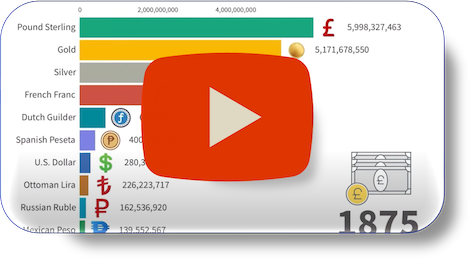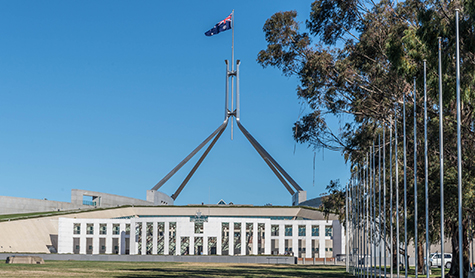How SMSF trustees navigated COVID-19 volatility
Last week, Vanguard and Investment Trends launched the 2020 SMSF Investor Report. This year's report surveyed over 3000 SMSF trustees on their investment priorities and industry outlook, providing an insight into how trustees navigated through COVID-19 volatility.

Market Overview
While the SMSF market continues to grow, the impact of COVID-19 and subsequent macroeconomic uncertainty appears to have exacerbated the slowing rate of new SMSF establishment.
The size of the SMSF market now represents one-quarter of the Australian superannuation industry and currently sits at A$676 billion, a two-year low.
Greater control over investments remains the main reason investors set up new SMSFs however more trustees than ever are also maintaining their existing super fund.
Record switch to defensive assets
As a result of the extreme market uncertainty this year, nearly half of SMSF trustees surveyed made substantial changes to their asset allocation.
Some 55 per cent of SMSF trustees took a more defensive stance and increased their cash and property allocations, driven primarily by a negative outlook on both domestic and international equities.
Exposure to direct shares declined in line with the market sell-off in Q1 2020. On average, direct shares now comprise 31 per cent of SMSF portfolios, decreasing four per cent year on year and reaching levels last seen in 2009 post Global Financial Crisis.
One-third of SMSF trustees have fixed income exposure within their portfolios, with hybrid securities remaining the most popular product despite more investors turning to direct bonds and ETFs.
Although SMSFs have a desire to used fixed income products to diversify their portfolios and achieve a sustainable income, there is a lack of understanding of what constitutes a true fixed income product and the fundamental role they play within a portfolio.
It is worth remembering that hybrid securities do not provide the same level of safe-harbor stability as high-quality bonds do as they still have equity-like features, and in times of market stress may not provide true diversification across asset classes.
Yield concerns
Findings also show that SMSFs' dividend yield expectations have dropped from 4.8 per cent pre COVID-19 outbreak to 3.6 per cent.
For pension phase SMSF trustees, who make up nearly half of all SMSF investors in Australia, these are very unsettling times with real concern about low yields and returns and how that will impact portfolio income.
Rather than focusing on an income-oriented strategy, a total-return approach – where an investor makes withdrawals from the full return of their portfolio – coupled with a spending strategy, can assist investors to take back control of their income stream.
Optimistic on recovery, but still lacking in advice
Despite wavering confidence earlier in the year, SMSF trustees are relatively optimistic about market returns going forward.
More than ever, SMSFs are focused on maximising capital growth.
In the short-term, SMSFs show significant appetite to rotate back into equities with 37 per cent of trustees willing to increase their allocation to Australian shares, and 23 per cent to increase investment in international shares.
There is still a strong and growing preference for blue-chip shares and considerable appetite for ETFs and international shares.
The number of SMSFs with unmet advice needs continues to grow, with investment strategy review and pension strategy advice most sought after in these uncertain times.
Vanguard Investments
25 August 2020
vanguardinvestments.com.au























